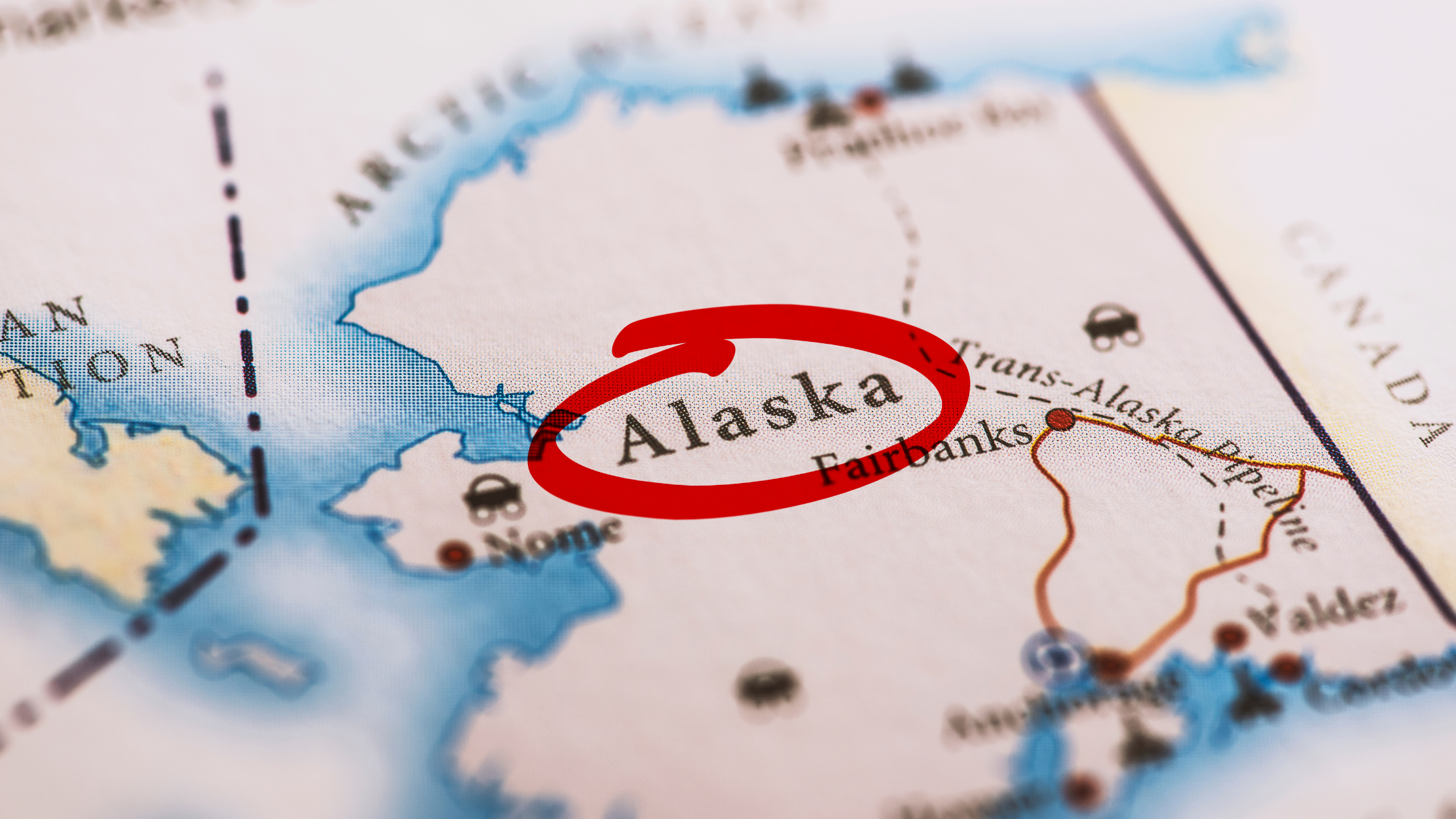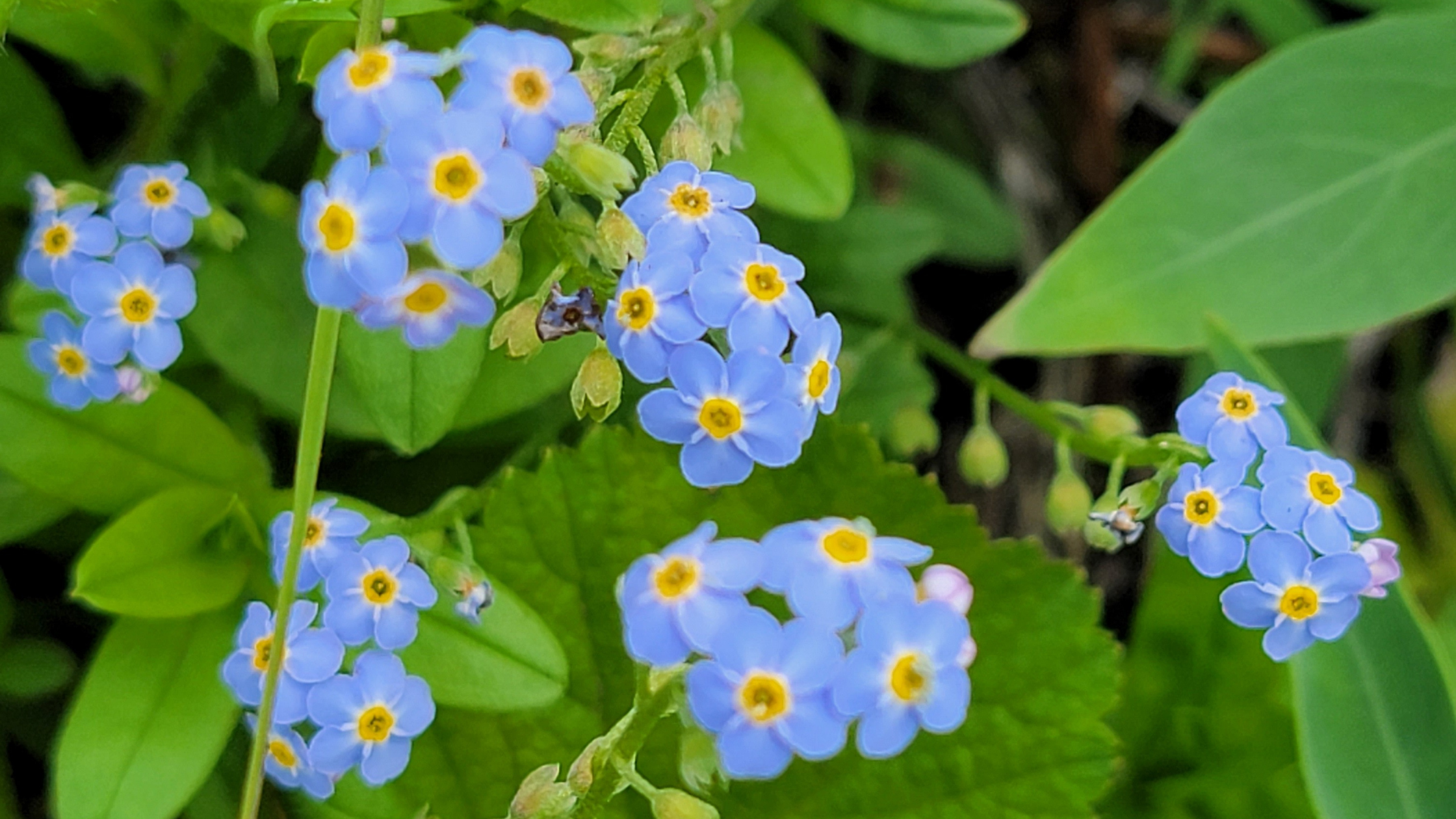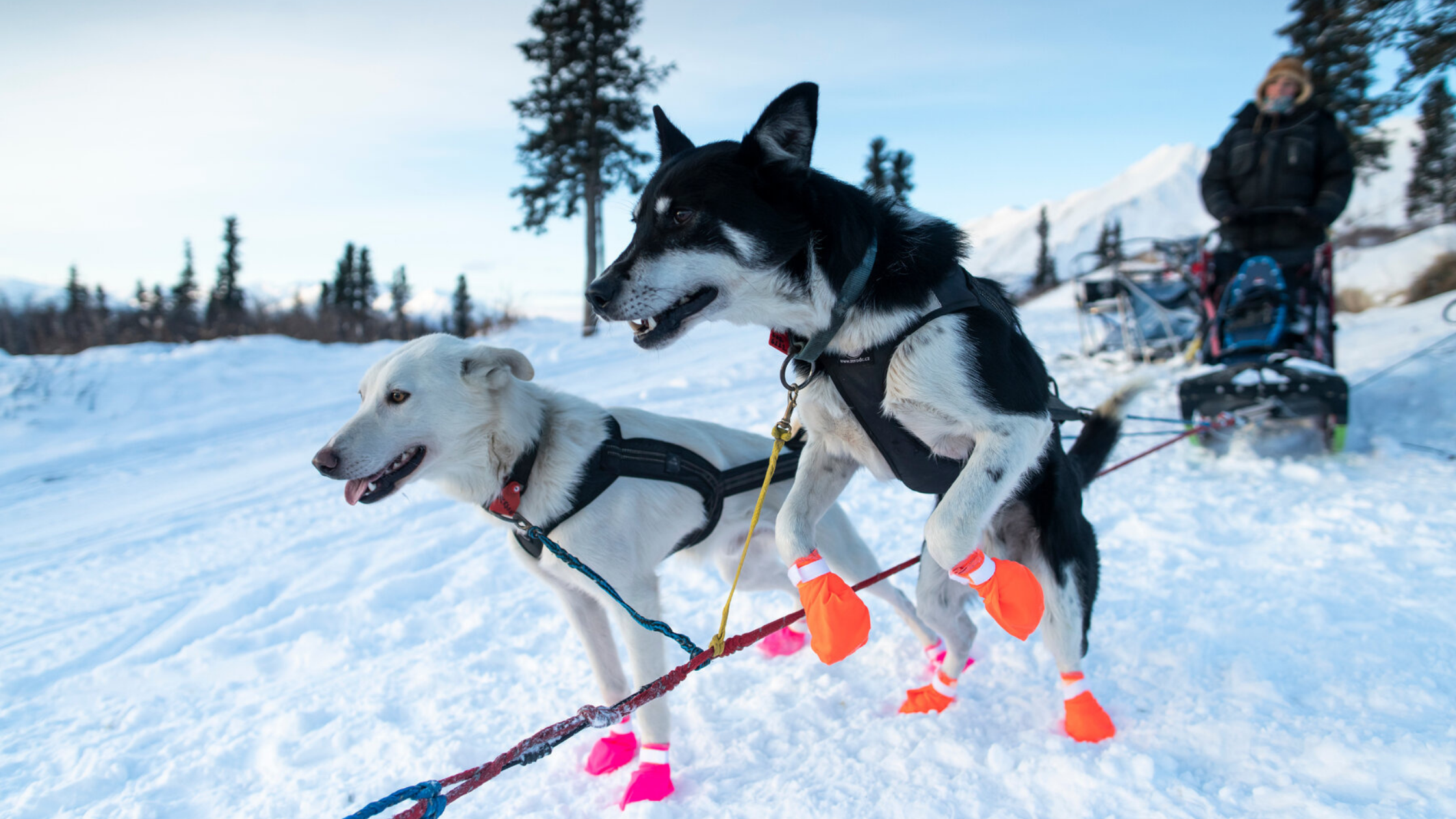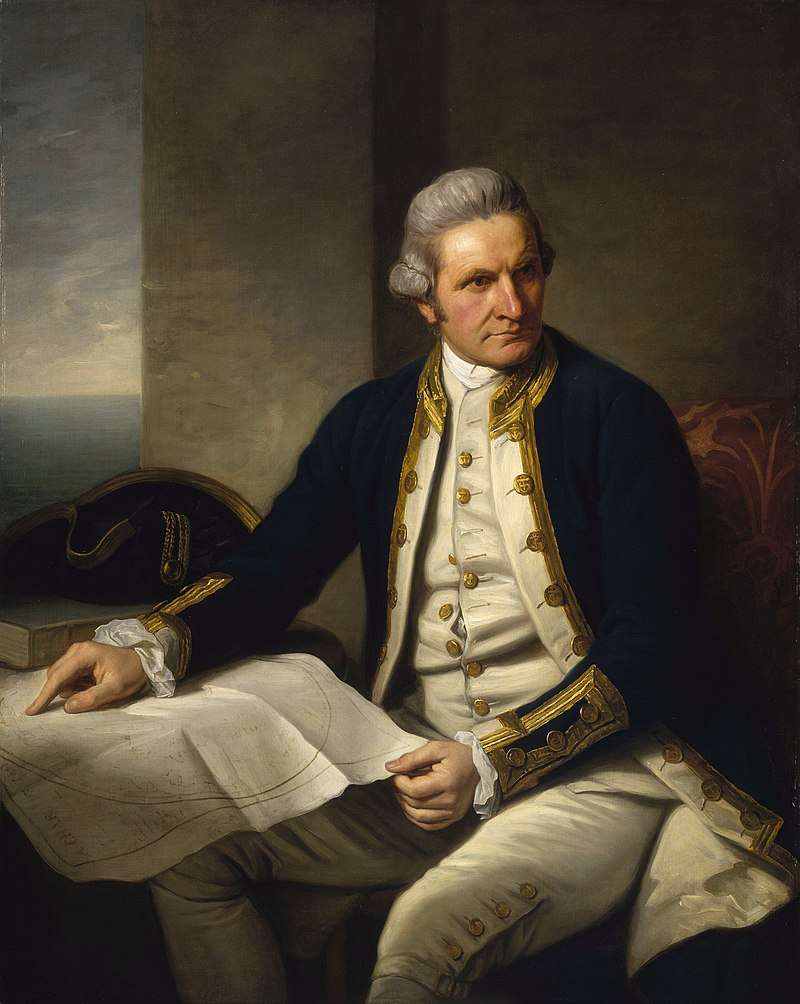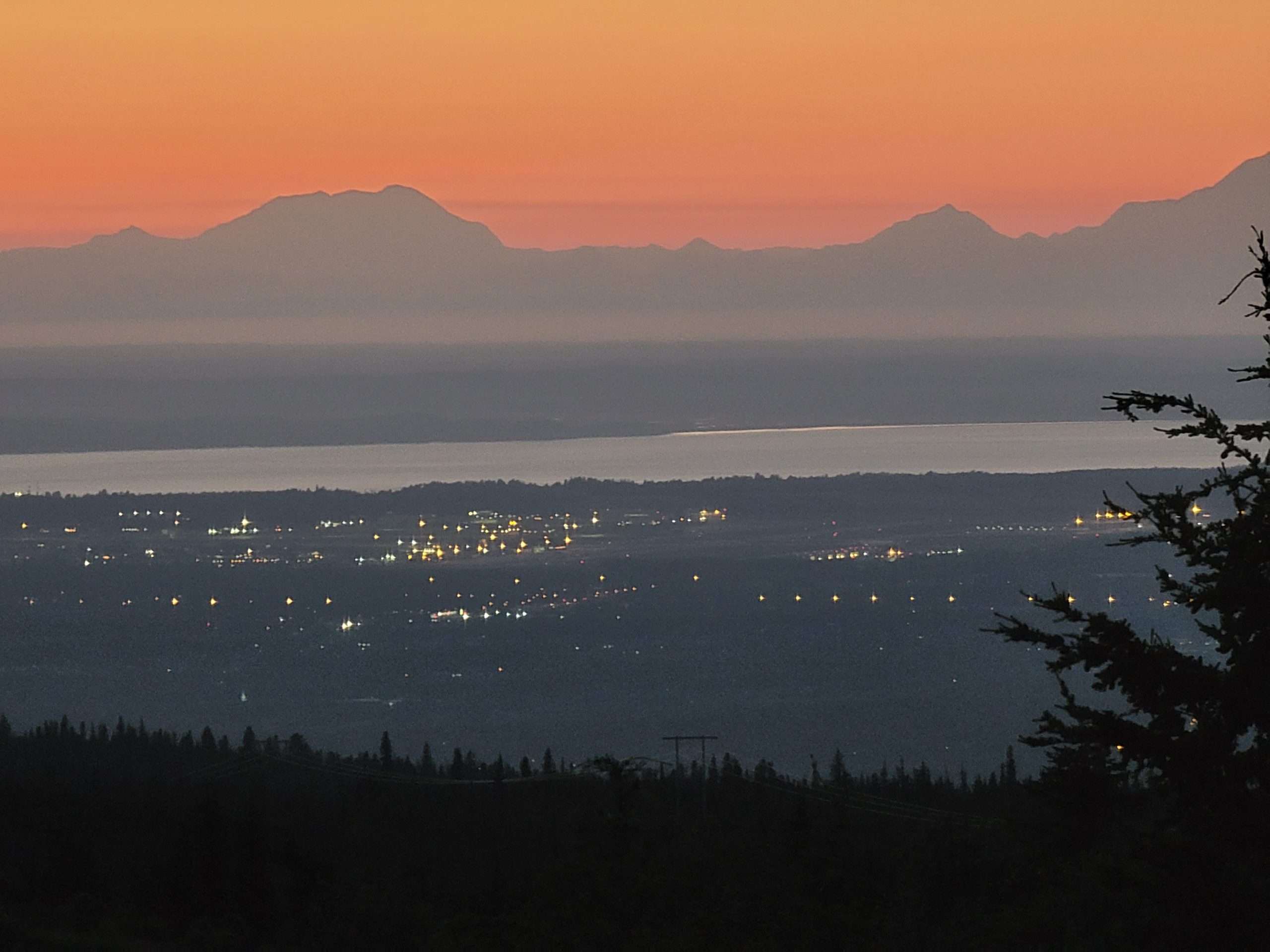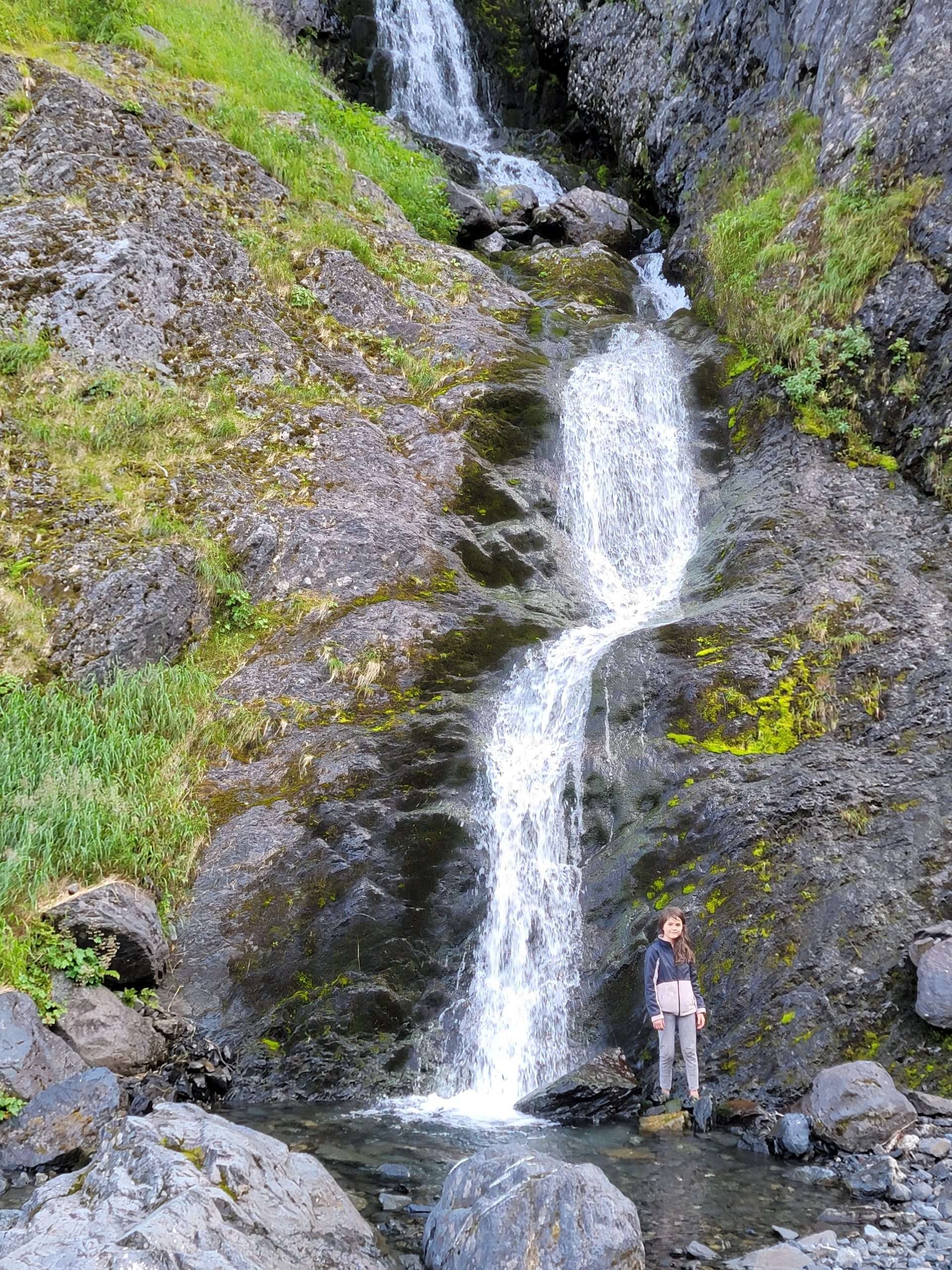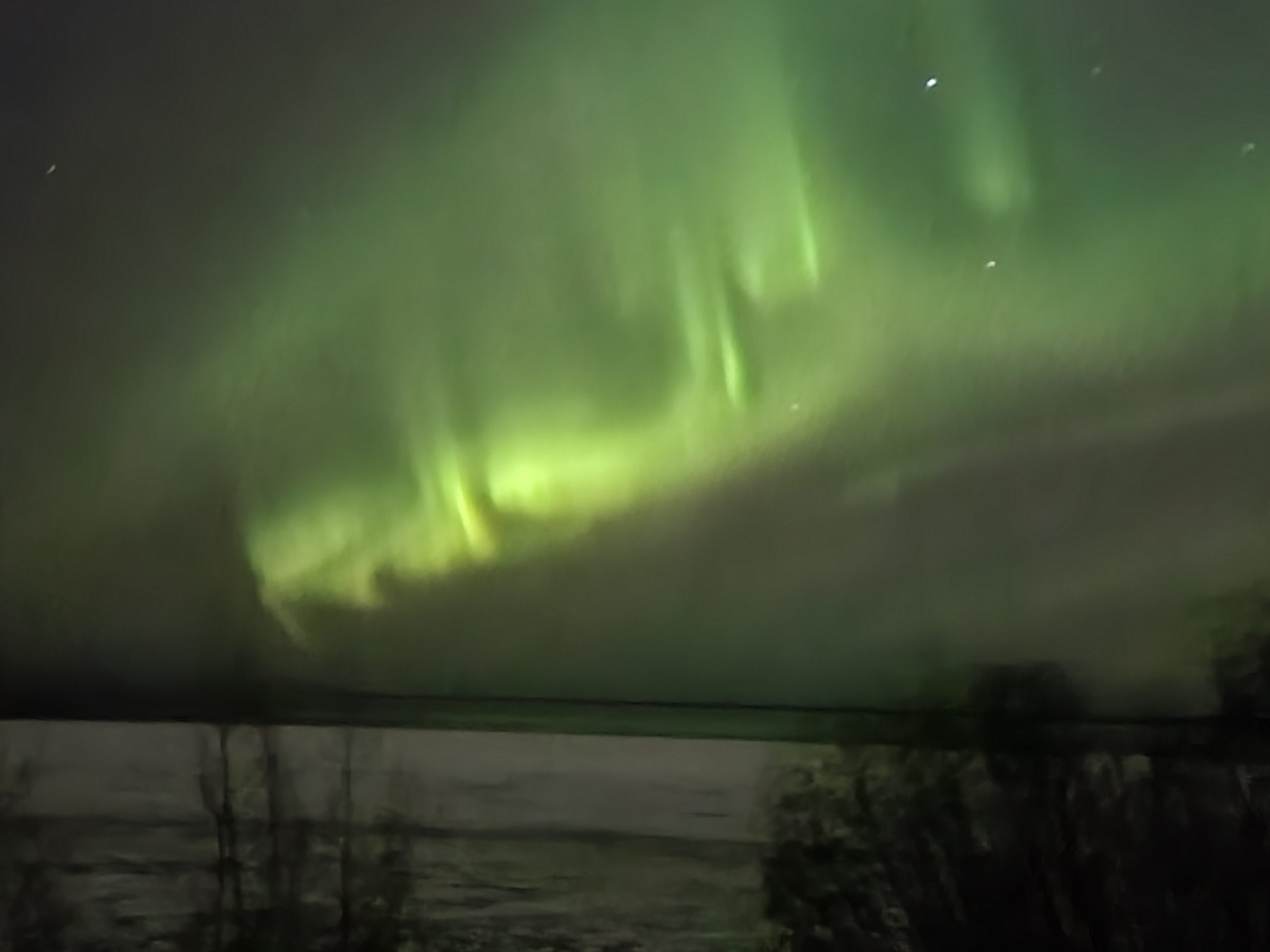Welcome to alaska
Alaska became a territory of the US in 1912, and became the 49th state on January 3rd, 1959.
Alaska was purchased from Russia in 1867 for $7.2 million by then Secretary of State William H. Seward.
FAST FACTS ABOUT ALASKA
Alaska State Mammal: Moose
Alaska Area: 586,412 sq. mi. – two and a half times larger than Texas
Alaska State Population: 731,545
Alaska State Fish: King Salmon
Alaska State Bird: Ptarmigan
Alaska State Fossil: Woolly Mammoth
Alaska State Insect: Dragonfly
Alaska State Flower: Forget-me-not
Alaska State Tree: Sitka Spruce
Alaska State Gem: Jade
Alaska State Sport: Dog Mushing
Alaska State Capital: Juneau
(the 3rd largest city in Alaska with a population of about 32,227) the only state capital in the US with no road access. Anchorage is the largest city in Alaska, with approximately 293,531 people.
Welcome to the largest city
in Alaska.
Anchorage is the largest city in Alaska, with nearly 294,000 people (almost half the population of Alaska).
By area Anchorage is one of the largest cities in the US. The Municipality of Anchorage stretches nearly 2,000 square miles, which is larger than the entire state of Rhode Island – and nearly the size of the state of Delaware.
FAST FACTS ABOUT Anchorage
- English explorer Captain James Cook is credited with first exploring and describing the Anchorage area in 1778.
- The city of Anchorage got its start in 1914 when it was chosen at the site of a railroad-construction port for the Alaska Railroad.
- Construction of the Alaska Railroad began in 1915. The area near the mouth of Ship Creek where the railroad headquarters was located quickly became a tent city of workers, transforming Anchorage into a bustling frontier town.
- Anchorage was incorporated on November 23, 1920.
- Elmendorf Air Force Base and Fort Richardson were constructed during WWII, and the military served as Anchorage’s primary economic engine until the oil boom. The two military bases were combined to form Joint Base Elmendorf-Richardson in 2005.
- Anchorage residents are serious about their Nordic skiing—we have a Nordic skiing association, have had several Olympians in skiing and the biathlon, and we have 130 miles of groomed cross country ski trails in the city.
Denali, the tallest mountain in the world, is in Alaska. At 20,320 feet, it is the highest & tallest mountain in North America. It attracts over 1,000 climbers annually from around the world.
The 2 largest National Forests are located in Alaska, along with the largest glaciers. The Maslaspina Glacier at 850 sq miles is the largest.
There are more active glaciers and ice fields in Alaska than all the remaining states combined – 100,000 glaciers in all.
The Alaska state flag was designed in 1927 by Aleut 7th grader Benny Benson. “The blue field is for the Alaska sky and the forget-me-not an Alaskan flower. The North Star is for the future state of Alaska, the most northernly in the Union. The dipper is for the Great Bear – symbolizing strength.”
WEATHER
One of the most frequently asked questions I get from people moving to Alaska is “How cold does it get up there?” Well, this is a difficult question to answer, considering the size of Alaska. We are the largest state in the US, and the temperature variation is enormous. The temperature in Barrow is much different than it is in Juneau. Our weather is as varied as our terrain, but has one constant: it changes frequently, often within the same day.
Visitors usually find Alaska is not as cold as they imagine, and summer weather can be quite warm. The record cold temperature was recorded at Prospect Creek (in northern Alaska) in 1971, and was -79.8 degrees F. The record high temperature for the state was at Fort Yukon in 1915, where it reached 100 degrees F in June.
During the summer, Anchorage receives a lot of sunlight and for 3 weeks around solstice, we have 24 hours of daylight.
The weather can be unpredictable. A nice summer day can be in the 70s, and then a storm can roll in, dropping the temperature to the 50s. Always bring rain gear!
Winter temperatures can drop to negative 20 degrees F although it is more typical to see temperatures between 0 and 25 degrees F. Farther north, like Fairbanks, it is common to see temperatures down to negative 65 degrees F.
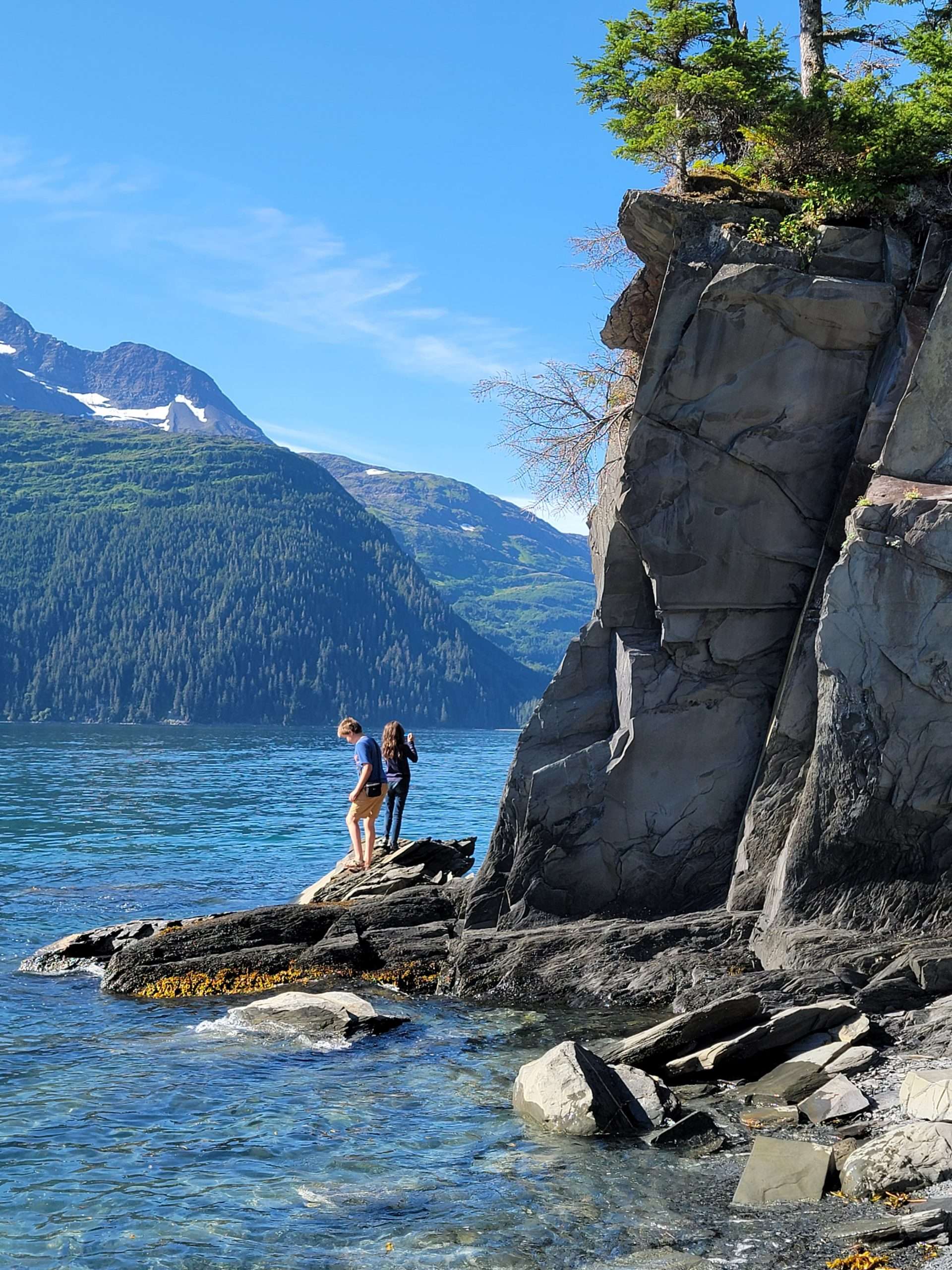
The coldest temperature ever recorded in Anchorage was -38°F in February of 1947.
The hottest temperature recorded in Anchorage happened in July 2019 when it got up to 90°F. It was an interesting summer…all the fans and portable air conditioners were sold out around town!
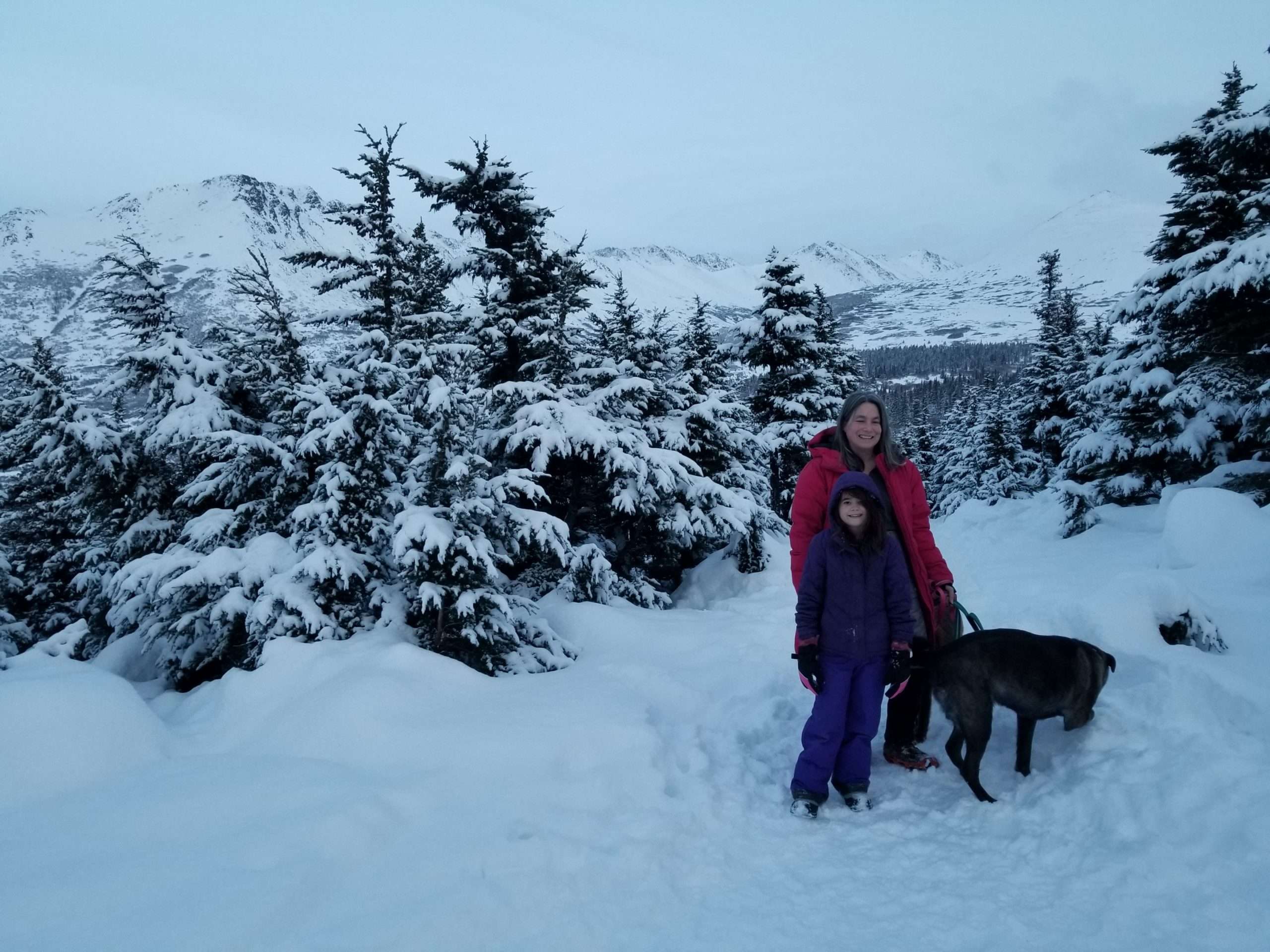
Current Weather
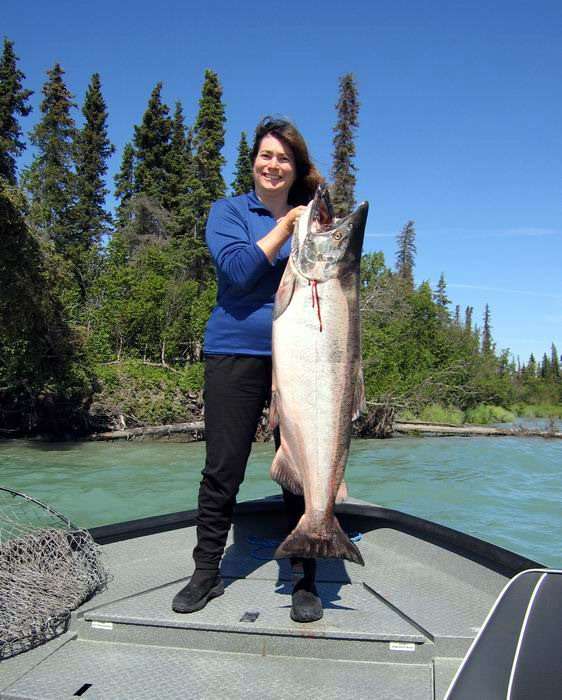
FISHING
Alaska has some of the best fishing in the world, whether you are searching for trout, grayling, 60 pound salmon, 300 pound halibut, or 400 pound salmon shark!
Valesa with a king salmon she caught on the Kenai river Kenai River King Salmon
In Alaska, there are many opportunities to fish in rivers, lakes, or the ocean. Fly fishing is very popular, as well as bait casting and spin fishing. In the winter, ice fishing is a popular sport.
No matter what type of fishing you like, you’re bound to find it here in Alaska.
WILDLIFE
Alaska has abundant wildlife, from the Bald Eagle to the brown bear, orca and moose.
Around Anchorage, there are 52 mammal species, and at least 230 bird species. The only amphibian in Anchorage is the wood frog, and there are no reptiles. There are also numerous insect species and invertebrates.
Let me know if you have any good Alaskan wildlife photos you’d like to share. I’d love to feature them on this page.
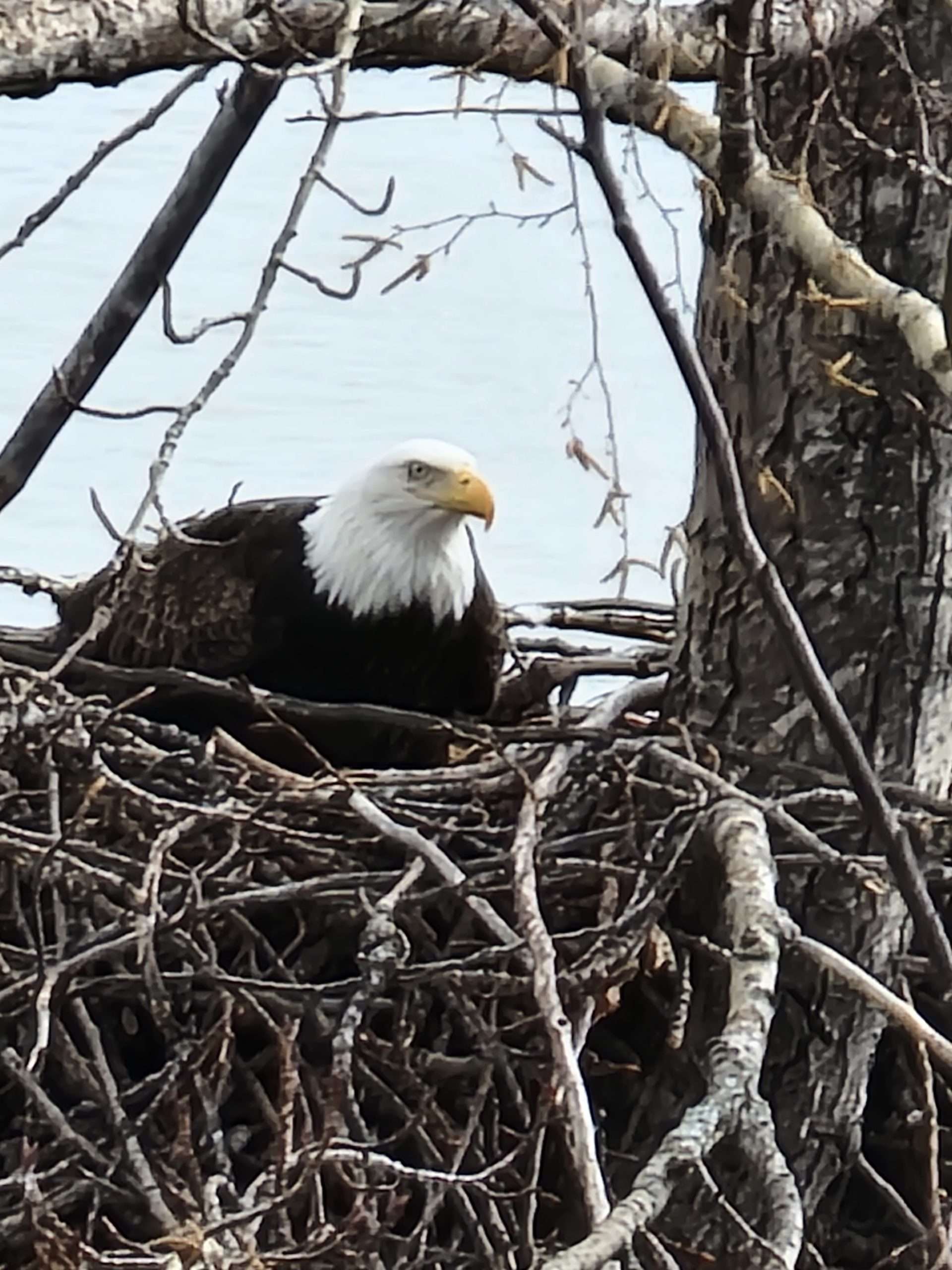
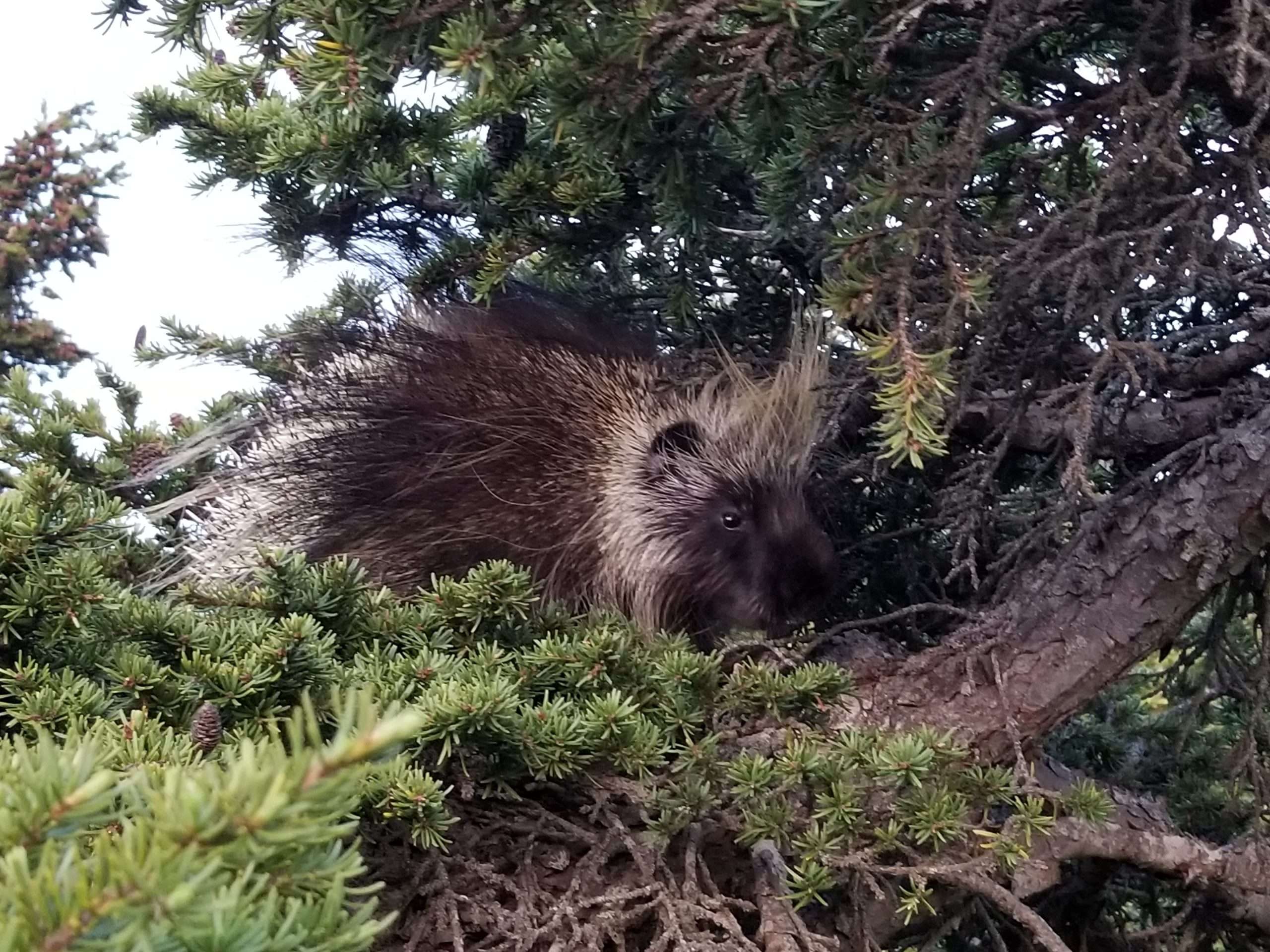
In the city of Anchorage, you will find lots of moose, black & brown bears, lynx, fox, coyote, porcupine, ermine, dall sheep, bald eagles, gyrfalcons, peregrine falcons, great horned owls, ducks, geese, and much more!
Approximately 250 black bears and 60 brown bears call Anchorage their home.
We have a summer population of moose in Anchorage of around 250, growing to 1,500 moose in the winter. You need to be careful when driving to avoid hitting a moose on the road.
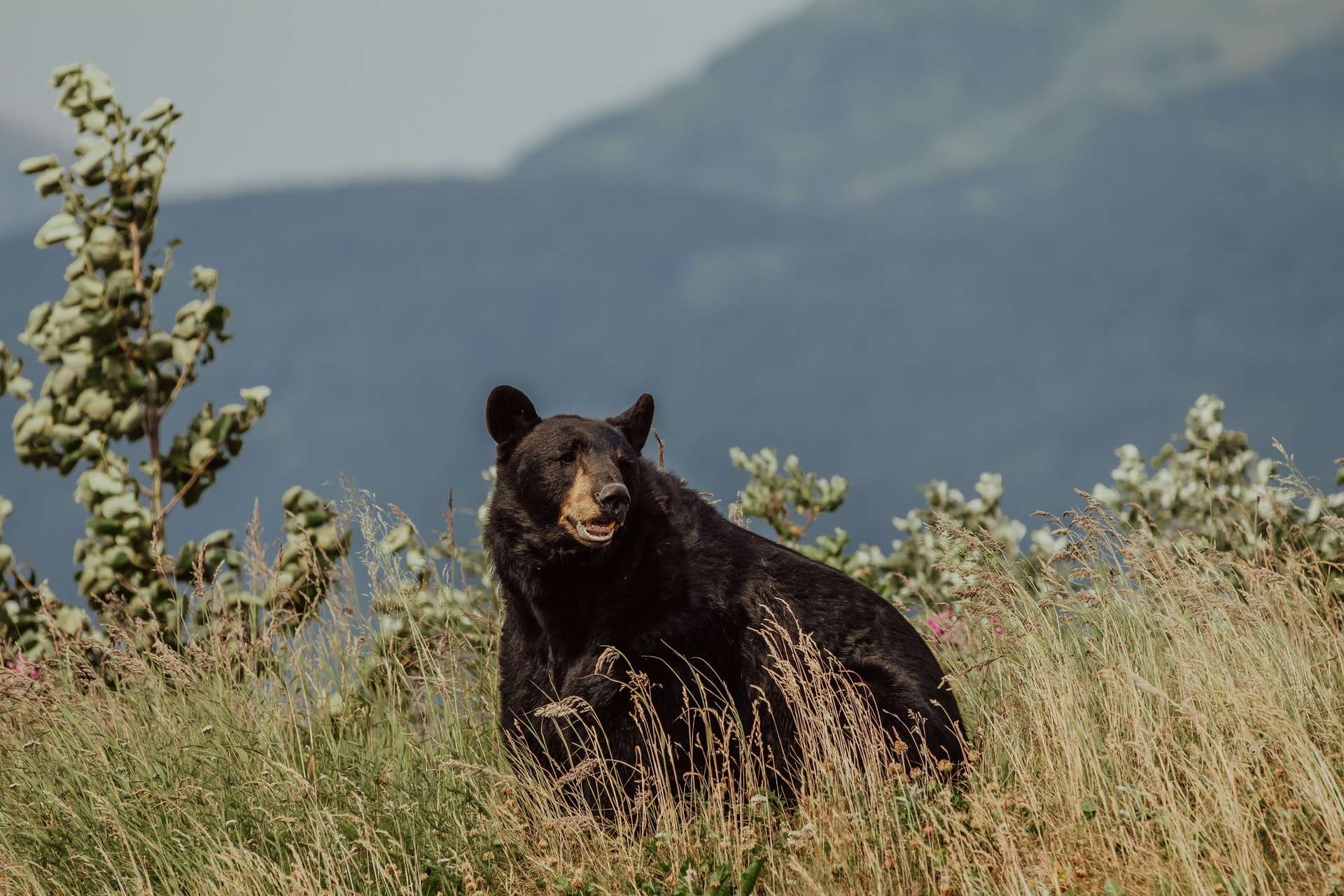
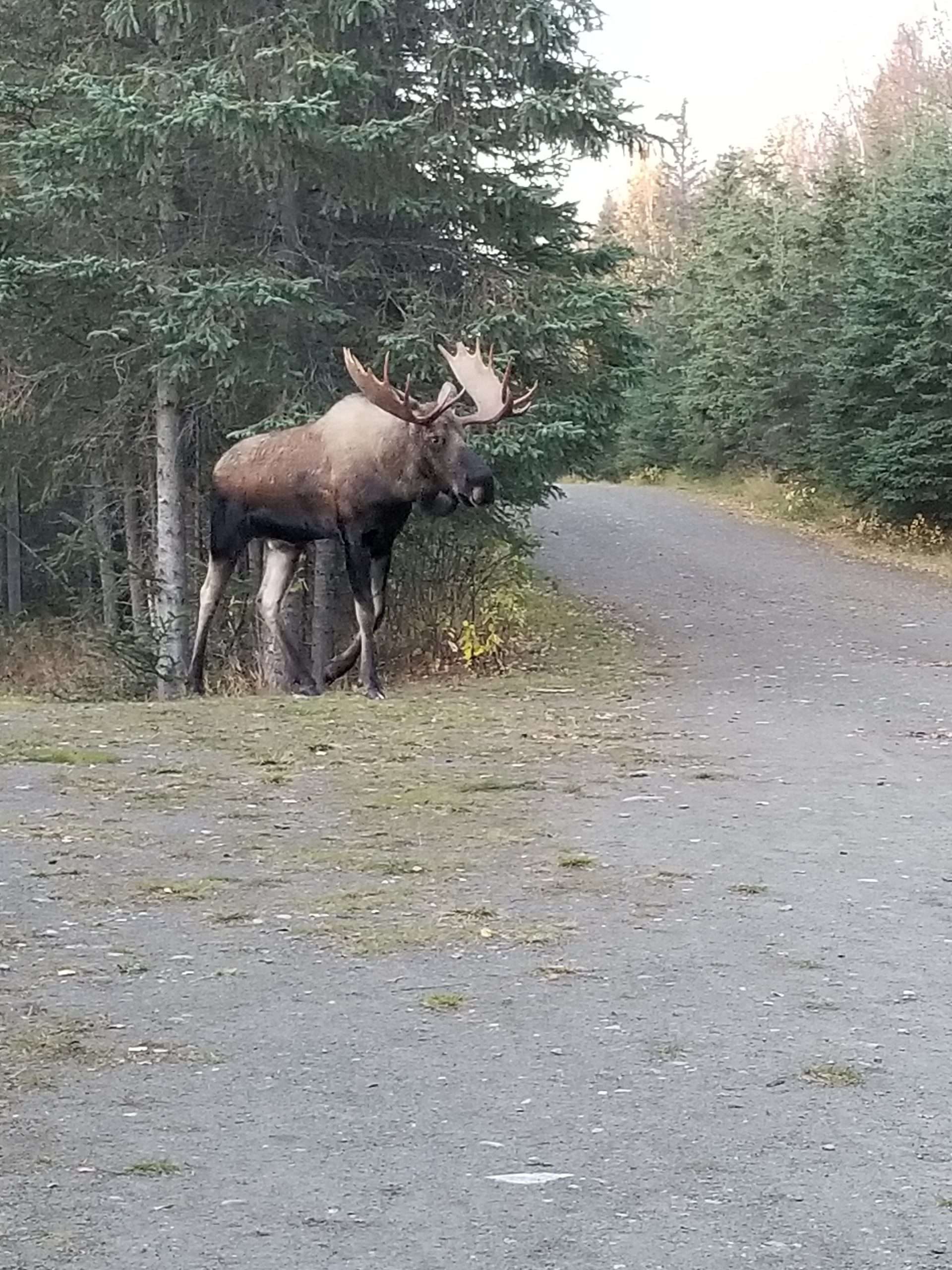
It’s not uncommon to see moose roaming the city of Anchorage, and in some parts of town black bears are a common site. Brown bears aren’t seen as often, but they also inhabit Anchorage.
Dall Sheep are a common sight while driving along the scenic Seward Highway.
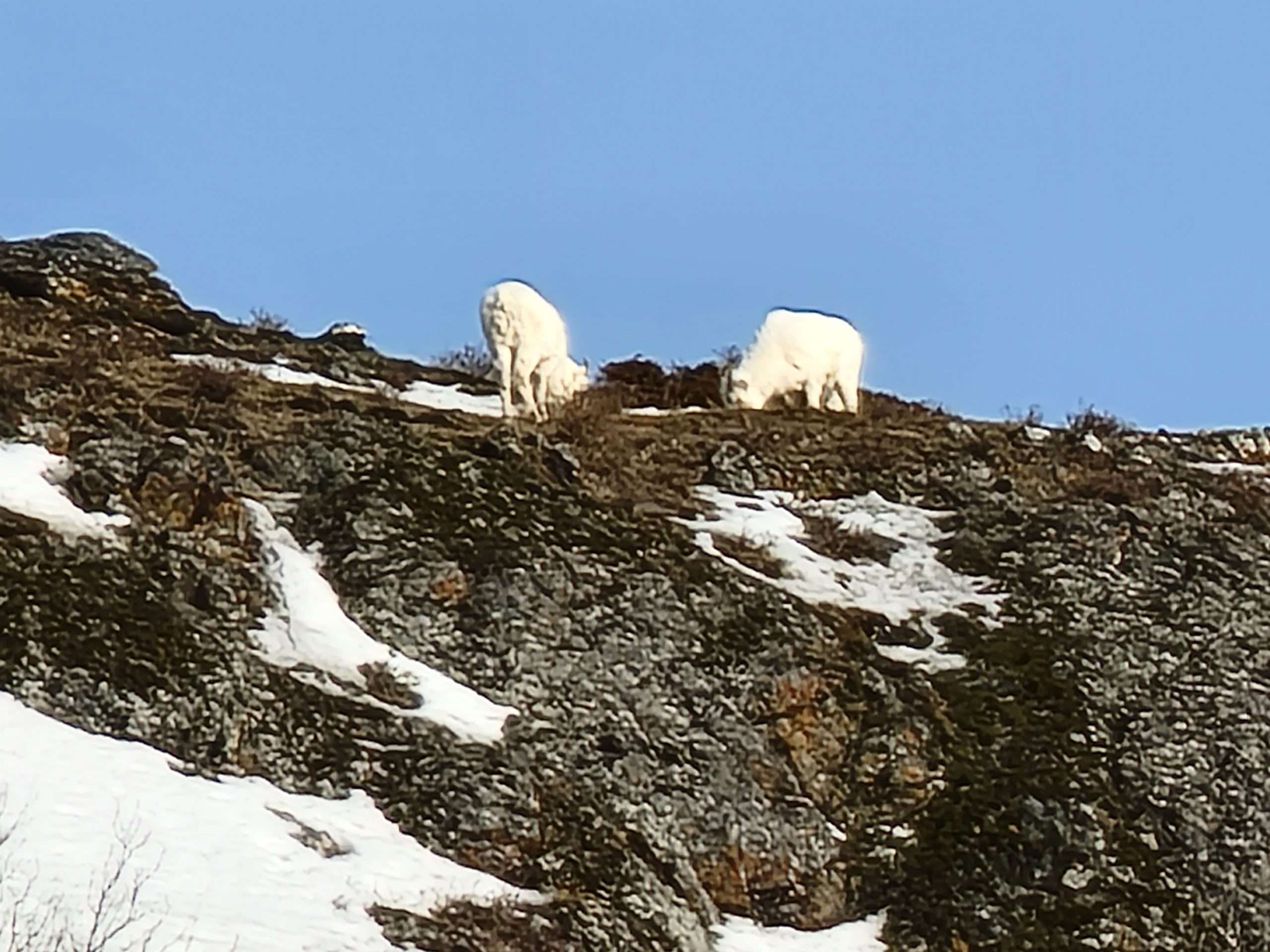
get to know anchorage’s finest
These local businesses make Anchorage a wonderful place to live.

